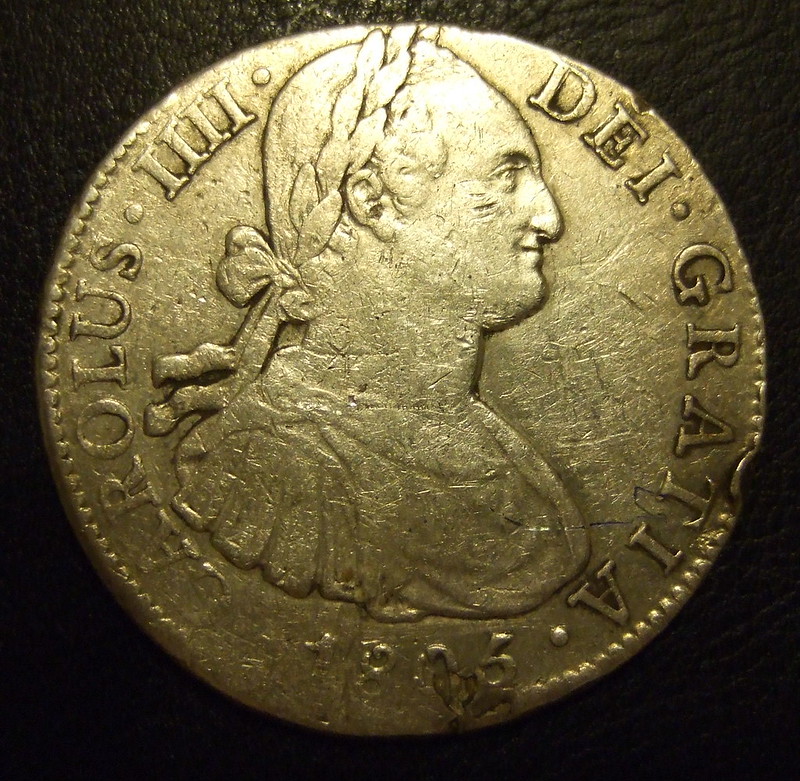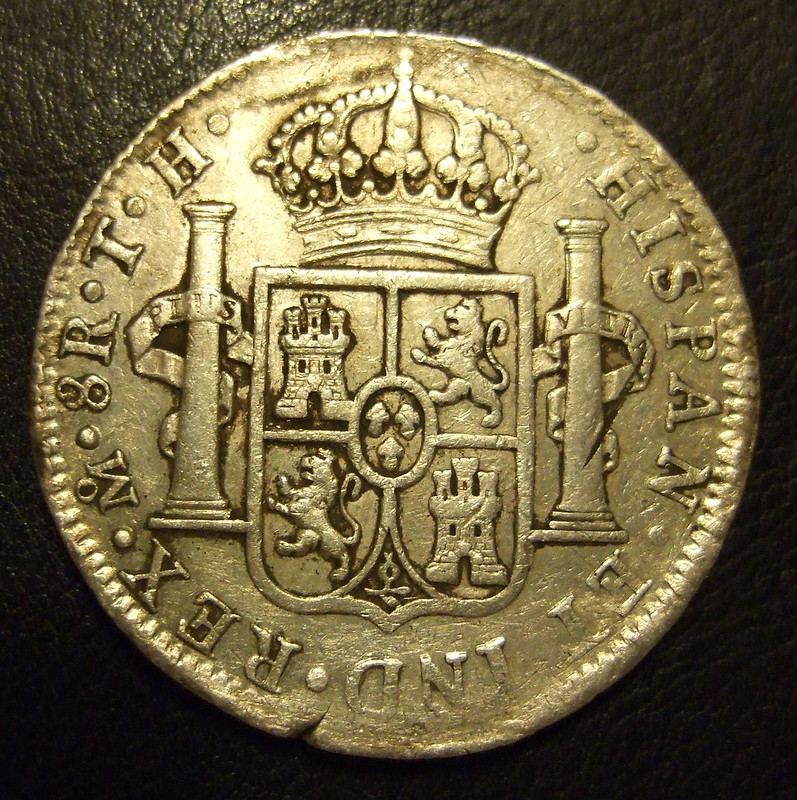
In Black Flags, Blue Waters: The Epic History of America’s Most Notorious Pirates author Eric Jay Dolin provides background on one reason why piracy flourished in the Caribbean – that’s where the money was.
In the 16th century Spanish explorers harshly conquered the Aztec empire (in 1521) and the Incas (in 1532).
This opened the door to a flood of gold and silver flowing to Spain.
It also opened the door to ruthless exploitation, brutal labor conditions, and plenty of death for the Aztec and Inca people. Because of the dangerous backbreaking work one of the most productive mines in the history of the world, named Cerro Rico or “rich mountain”, was known locally as “mountain that eats men.”
The starting point of the flood of gold was when the Incan Emperor paid about 20 tons of gold and silver as ransom for his release. The forty thousand pounds of precious metals were sent to Spain.
Oh yeah, the Emperor was killed after he paid the ransom.
By the end of the 1500s the Spanish were producing over 3,000 tons of bullion or coin from their conquered colonies. Uncountable volumes of Spanish silver dollars (also called eight-reale, or eight royal, or pieces of eight) were minted.
Book credits an named author who described the Spanish silver dollar as the “first truly global currency.”

Huge galleons, well staffed with soldiers and armed with plenty of cannons, carried the bullion to Spain. The galleons also carried bullion and coins to Asia where huge quantities of precious goods were purchased and then transported back to Spain.
These riches led to jealousy on the part of other European countries, who then raided the galleons when they could.
A high profile raid by Francis Drake sailing his ship, Golden Hind, on the Spanish coastal transport Nuestra Señora de la Concepcion, produced a haul of 80 pounds of gold. In addition there were so many tons of silver bullion on board that instead of using cobblestones for ballast in the bottom of the ship, the sailors used silver as ballast. As a bonus, there are also a nice assortment of precious jewels on board.
Because Francis Drake was operating under royal authority, the Queen earned a half-share of the proceeds. Reports at the time were that her cut of the haul from that one ship was greater than the total income of the Crown for the year.
Pirates flourished because of all that silver and also the goods which flowed.